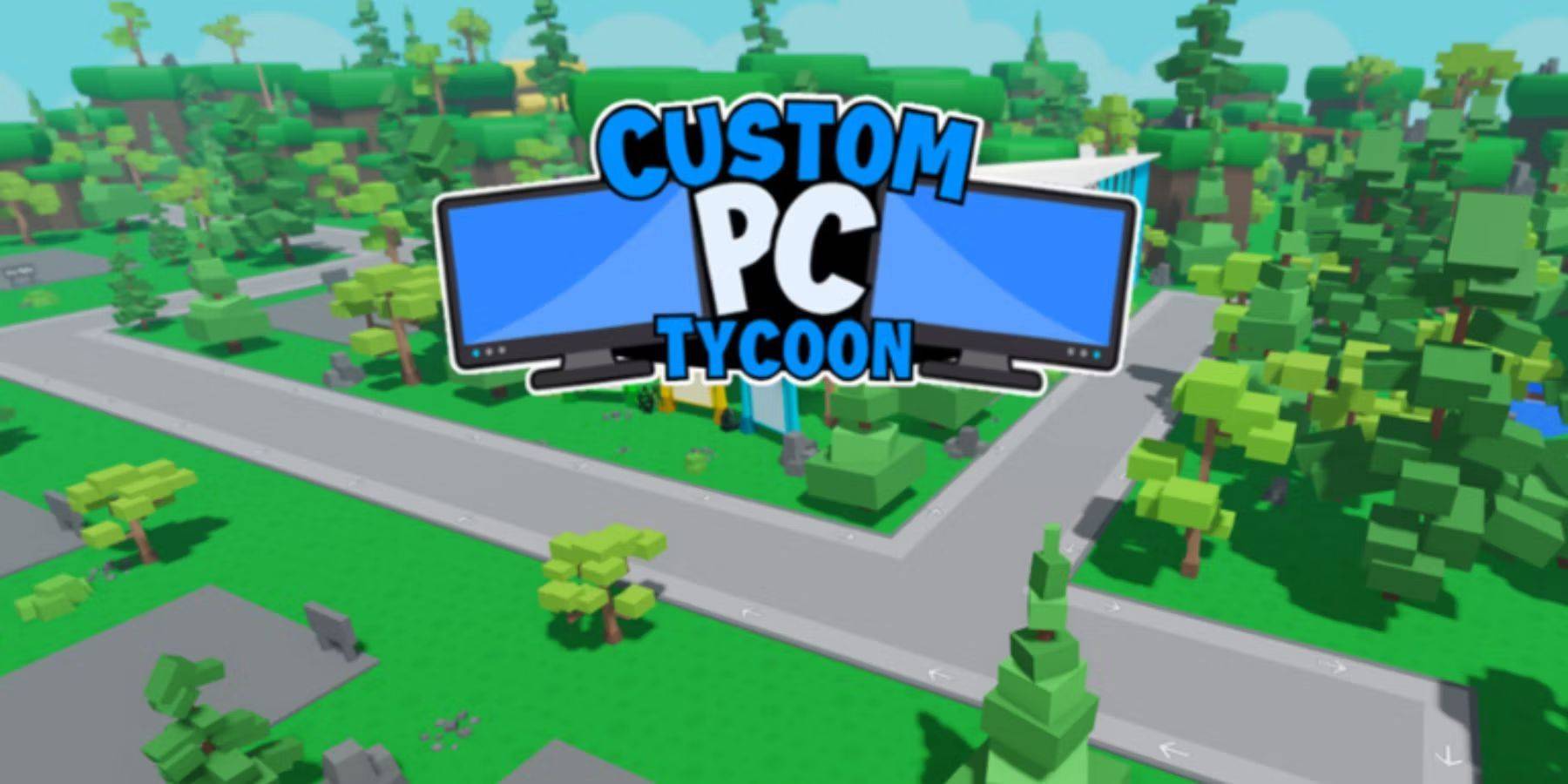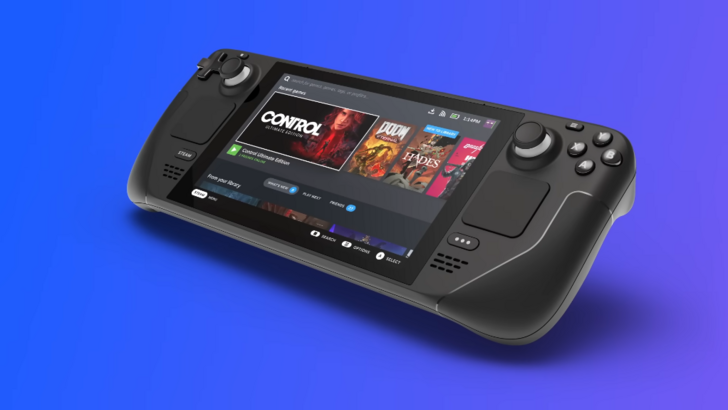
Valve's Steam Deck bucks the trend of annual hardware upgrades common in the smartphone market. Instead of yearly releases, Valve prioritizes substantial, generational improvements. This approach, according to designers Lawrence Yang and Yazan Aldehayyat, is fairer to consumers, avoiding incremental updates that don't justify the cost and effort.
Valve's Strategy: Generational Leaps, Not Annual Iterations

Yang and Aldehayyat, in an interview with Reviews.org, explicitly stated their rejection of the annual release cycle adopted by many competitors. They emphasized the lack of justification for yearly updates offering only minor improvements, deeming this practice unfair to customers. The focus is on significant advancements, achieving a "generational leap" without compromising battery life. Future iterations will be substantial upgrades, worth the wait and investment.

Aldehayyat highlighted Valve's commitment to addressing user needs, particularly in the realm of PC gaming on-the-go. While acknowledging room for improvement, they celebrate the Steam Deck's progress and the innovation it's spurred within the handheld gaming PC market. They even encourage competitors to adopt features like the Steam Deck's touchpads, recognizing the benefits for PC game navigation.
Missed Opportunities and Future Enhancements
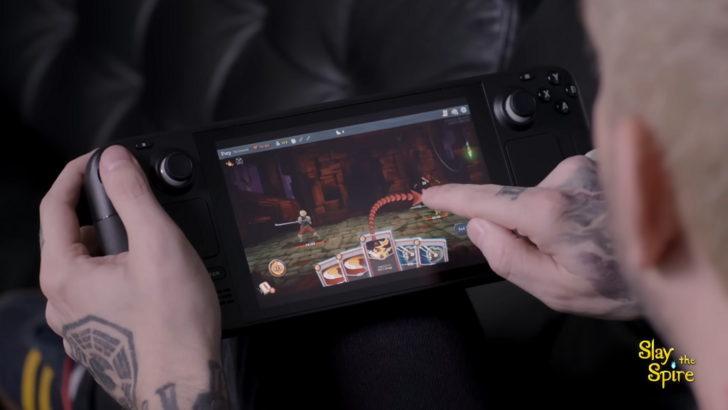
Aldehayyat revealed that variable refresh rate (VRR) was a highly desired feature omitted from the OLED Steam Deck due to timing constraints. Yang clarified that the OLED model was a refinement, not a second-generation device. Future models will prioritize improved battery life, though technological limitations currently constrain progress.
Competition and Global Rollout
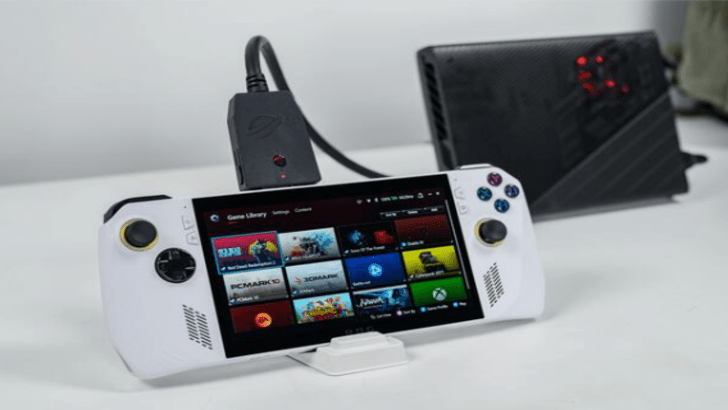
The increasing competition from devices like the Asus ROG Ally and Ayaneo products doesn't trigger an "arms race" for Valve. They view the competitive landscape positively, welcoming innovation and diverse design choices. The focus remains on enhancing the overall gaming experience outside of traditional desktop environments.
The delayed launch of the Steam Deck in Australia, finally arriving in November 2024, highlights the complexities of global distribution. Yang and Aldehayyat explained the significant time investment required for financial due diligence, logistics, warehousing, shipping, and returns management. This logistical challenge, along with the lack of established business channels in certain regions, explains the device's unavailability in places like Mexico, Brazil, and parts of Southeast Asia. Conversely, the Steam Deck is readily available in the US, Canada, much of Europe, and parts of Asia.
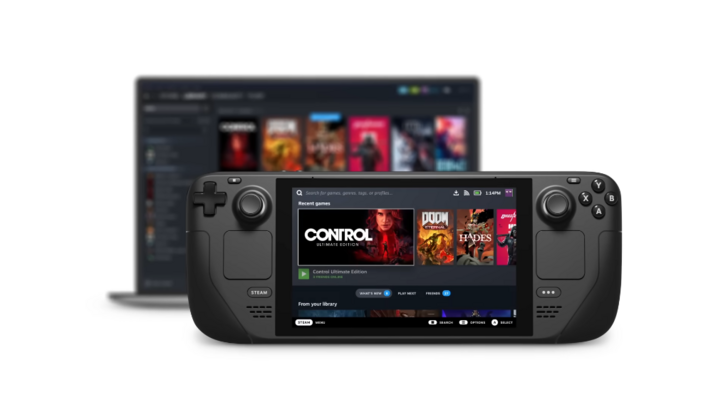

 Latest Downloads
Latest Downloads
 Downlaod
Downlaod




 Top News
Top News